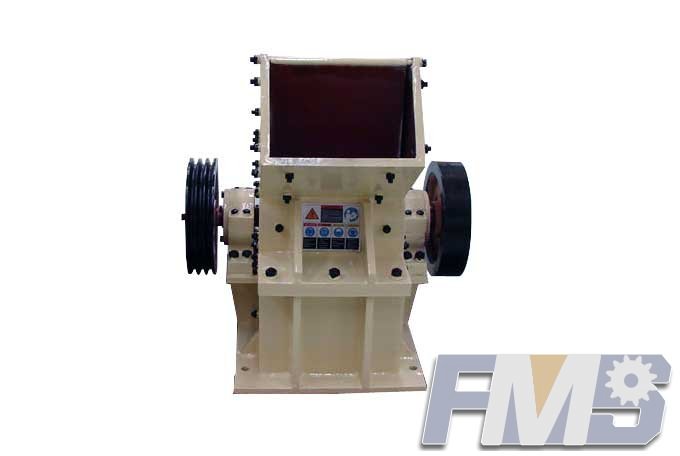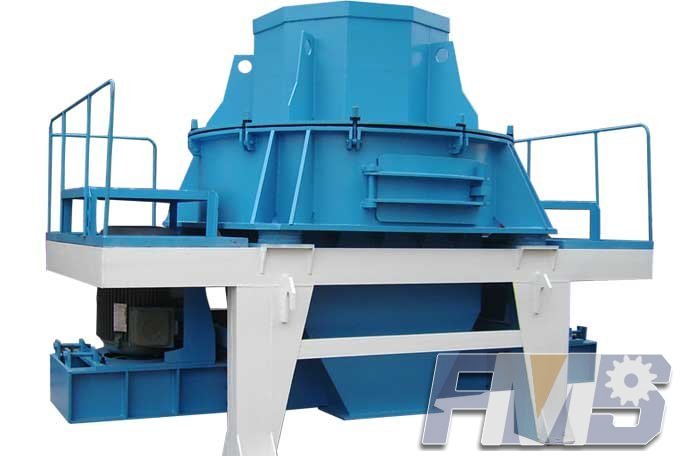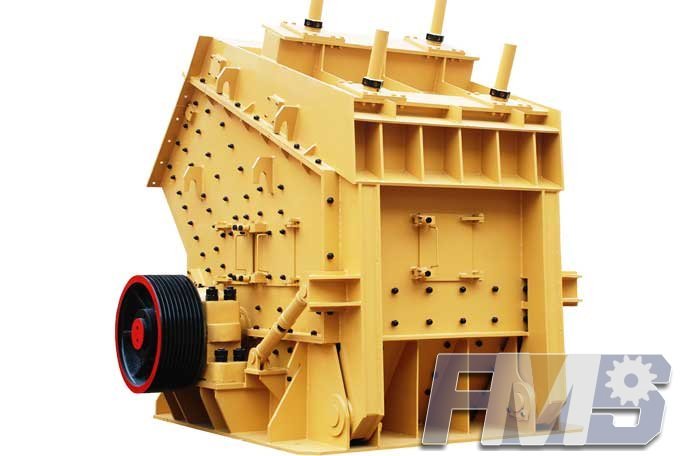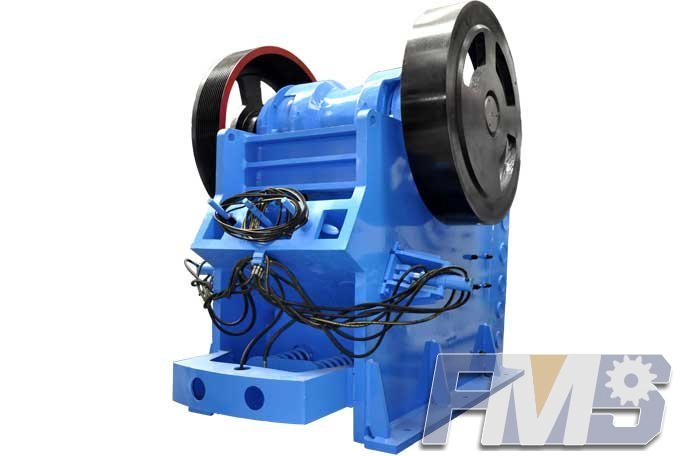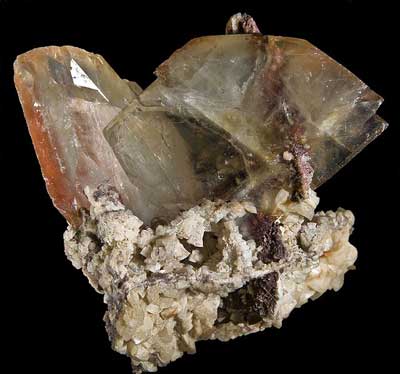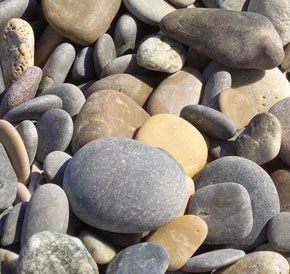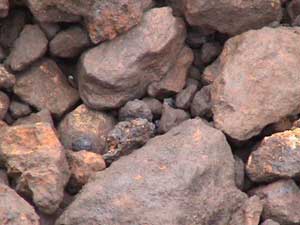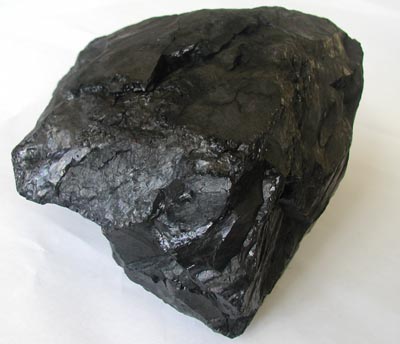OverGrinding in grinding circuits
In grinding circuits, energy is wasted when particles are ground to a size finer than is necessary. Such overgrinding can be caused when particles are retained in the circuit for too long and continue to be ground even after they have reached the target product size of the circuit. There are two factors that contribute heavily to overgrinding: (1) inefficient classification returning a large fraction of the finest particles to the circuit; and (2) excessive mill retention times causing particles to be broken multiple times before they are discharged.
It is normally expected that there is a trade-off between overgrinding and the presence of locked particles. If the circuit product size is made coarser to reduce the overgrinding, this typically leads to an increase in the top size of the product as well, with the top size particles being poorly liberated. This reduces the grade that can be produced in the processing that follows comminution. In order to reduce this trade-off, it is necessary to determine how to change the grinding circuit to produce a narrower size distribution, which will reduce overgrinding while simultaneously controlling the quantity of coarse locked particles leaving the circuit.
A significant cause of overgrinding is when an ore contains minerals of different densities, and a hydrocyclone or other classifier is used to control product size from the circuit grinding the ore. The most important case of this is iron ore grinding, where the iron oxides have densities of approximately 5 g/cm 3 whereas the gangue minerals are less than 3 g/cm 3 , and the iron oxides make up a large fraction of the mass of the raw ore. As classifiers separate based on both size and density, the higher-density iron oxides continue to report to the classifier coarse product even when they are already finer than the lower-density gangue particles that report to the classifier fine product. This results in the iron oxides being ground to a much finer size than necessary.
Overgrinding of valuable minerals is often caused by the tendency of hydrocyclones to retain dense minerals in a closed grinding circuit until they are ground to an excessively fine size. This is a particular problem for iron ore concentrators, where a large fraction of the mass of the ore consists of the higher-density iron oxide minerals. The classical solution to this problem is to use screens for product size control rather than classifiers, but this is not practical when the target size is very fine due to limited screen capacity and high maintenance costs.
Simulations of a magnetite ore grinding circuit indicated that a reconfiguration of the circuit could greatly reduce the overgrinding problem. The use of two-stage hydrocycloning can concentrate the near-size high-density magnetite particles into a closely sized single stream that requires only a very small amount of grinding to reach the target size. Open-circuit grinding of this stream is predicted to preferentially grind the coarsest particles, leaving a product that has the necessary size distribution to be a finished project. This introduction of open-circuit grinding greatly reduced the circulating load of the grinding circuit (from 253% to only 42.5%) because the fine magnetite was no longer being continuously returned to the mill for repeated regrinding. The simulations indicated that this change would increase the circuit capacity by as much as 50% while still making the target grind specification.
Tagged: Grinding CircuitsOverGrinding
Get Detail Information:
(If you do not want to contact to our online customer service, please fill out the following form, Our client manager will contact you later. We will strictly protect your privacy.)


